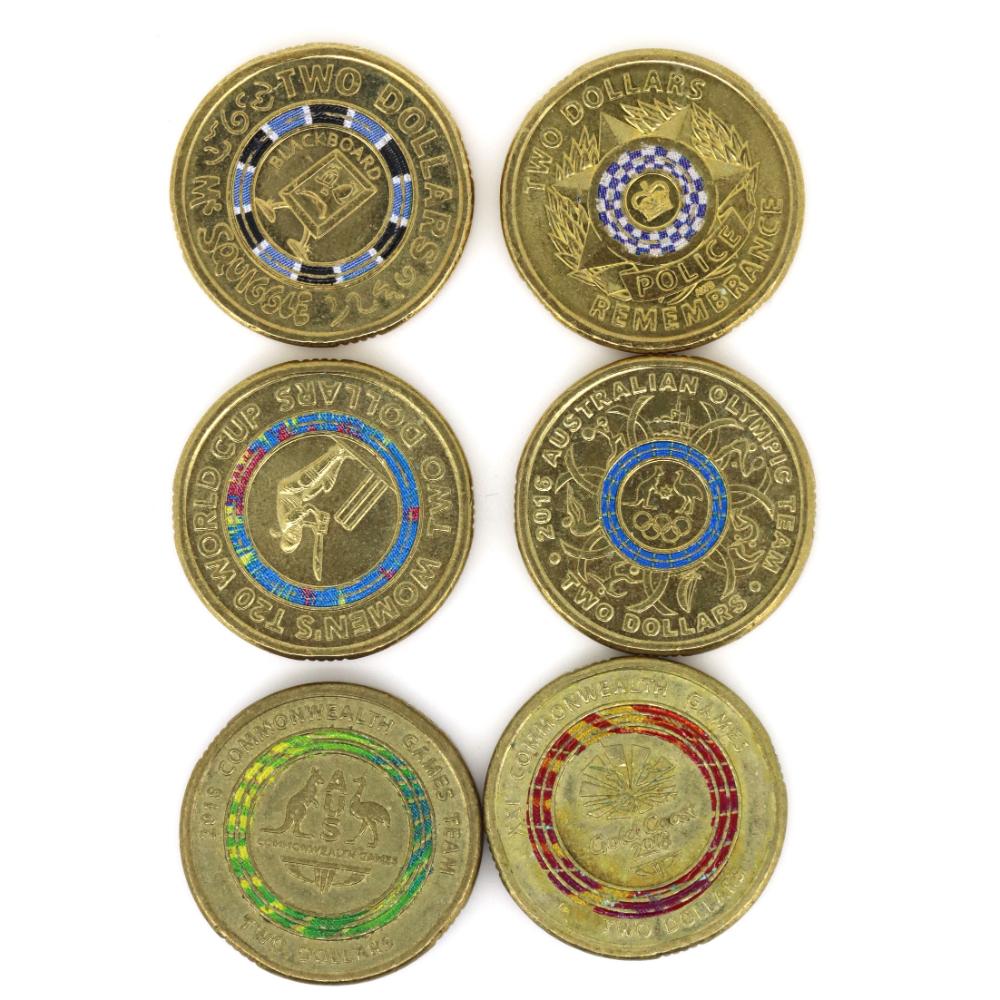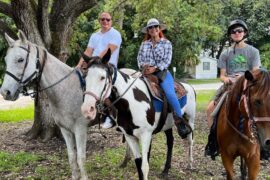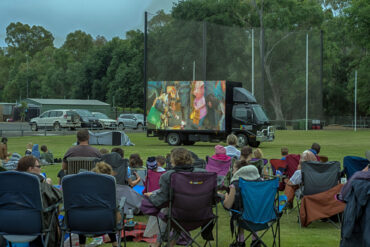Unearthing History: Exploring Australian Rare Coins with Your Kids
Welcome, curious parents and budding numismatists! Are you ready to embark on a treasure hunt through time with your little ones? Australian rare coins offer more than just monetary value; they’re a gateway to the rich tapestry of Australia’s history. In this comprehensive guide, we’ll journey through the past, unearth fascinating stories, and give you the know-how to identify and appreciate the treasures that might be hiding in your very own change!
The ABCs of Australian Rare Coin Collecting
Gathering rare coins can be a fantastic hobby for families. Not only does it bring history to life, but it can also teach kids about the value of patience, research, and even the basics of economics. But before we jump into the rare coin world, let’s brush up on some essentials.
Understanding Numismatics
Numismatics is more than just coin collecting; it’s the study of currency and its history. For parents and kids diving into this hobby, it’s a chance to become detectives of the past, discovering the stories behind each coin.
Why Australian Coins?
Australia has a unique numismatic heritage that reflects its historical milestones. From the early days of settlement with currency brought over by colonizers, to the introduction of the first official Australian coins in 1910, each piece tells a story. Exploring these tales can prove to be an exciting educational adventure for any family.
Getting Started with Your Collection
- Start small: You don’t need to dive in with high-value coins. Begin with more common, yet historical, Australian coins and slowly build your knowledge and collection.
- Educational bonding: Use this as an opportunity to bond with your children. Engagement in research and hunting for coins together can be incredibly rewarding.
- Resources and research: Immerse yourselves in books and online resources about Australian rare coins. Knowledge is the key to recognizing valuable pieces!
Spotlight on Rare Australian Coins
While there are countless coins to discover, let’s shine a light on a few notable Australian rarities that have captured the imaginations of collectors around the world.
- 1930 Penny: Often considered the crown jewel of Australian rare coins, the 1930 penny had a very limited mintage. Its rarity and the mystique surrounding its emergence during the Great Depression make it a highly sought-after collectible.
- 1813 Holey Dollar: As the first official currency minted in Australia, the intriguing Holey Dollar and its counterpart, the Dump, offer a direct link to Australia’s early colonial economy.
Collecting with Care: Preserving Your Finds
Once you’ve got your hands on some precious specimens, it’s crucial to understand how to care for them. Proper handling, cleaning, and storage not only preserve a coin’s condition but can also ensure its value is maintained. Remember never to clean old coins without professional advice—sometimes that patina is worth more than you might think!
Finding the hidden gems among Australian coins can be an enriching family experience. That moment when you or your child recognizes a rare coin is like finding a piece of history you can hold in your hand. So, grab that magnifying glass and let’s begin!
Stay tuned as we delve deeper into the enthralling stories behind Australia’s rarest coins in the upcoming sections of this guide. The adventure has just begun, and who knows? Maybe your family will be the next to uncover a little piece of hidden treasure.

Five Essential Tips for Parents Preparing for Australian Rare Coin Collecting
1. Embrace the Learning Curve
It can seem overwhelming at first, but understanding coin grades, rarity, and history is all part of the numismatic adventure. Don’t shy away from the intricate details; these bits of knowledge can greatly enhance your collecting experience and even inform future investment decisions.
2. Set Realistic Expectations
Rare coin collecting, especially when hunting for Australian rarities, is a long-term endeavor. It’s vital to understand that not all ‘old’ coins are valuable, and finding a truly rare piece can be a rarity in itself. Make sure you and your young collectors are prepared for both the excitements and the potential for patience-testing searches.
3. Create a Safe Collecting Space
Coins, particularly rare ones, require a controlled environment free from humidity, extreme temperatures, and handling without proper care. Set up a dedicated, child-friendly space where coins can be examined and stored safely. Introducing tools like cotton gloves, soft cloths, and proper storage albums can teach kids how to handle coins correctly.
4. Involve Your Kids at Every Step
From researching coins to attending coin shows or visiting local collectors’ shops, involving your children will not only make them feel valued but also give them an active role in the learning process. Let them take charge of their collection, under guidance, to boost their confidence and decision-making skills.
5. Leverage Technology
In today’s world, there’s a vast array of online resources right at our fingertips. They can be wonderful tools for comparing coin details or even for tracking down potential additions to your collection. Encourage your children to use technology safely and effectively as they join you in the hobby.
By embracing these tips, you’ll be well on your way to creating unforgettable family moments through the shared journey of collecting Australian rare coins. Every coin has a tale, and it’s such a thrill to imagine the hands through which these coins have passed. Just think of the history lessons and the myriad of stories you’ll uncover together. The past isn’t just in the history books—it’s right there in your collection, waiting for you to discover it!
For more great articles please see here. For more information see here
Disclaimer
The articles available via our website provide general information only and we strongly urge readers to exercise caution and conduct their own thorough research and fact-checking. The information presented should not be taken as absolute truth, and, to the maximum extent permitted by law, we will not be held liable for any inaccuracies or errors in the content. It is essential for individuals to independently verify and validate the information before making any decisions or taking any actions based on the articles.




